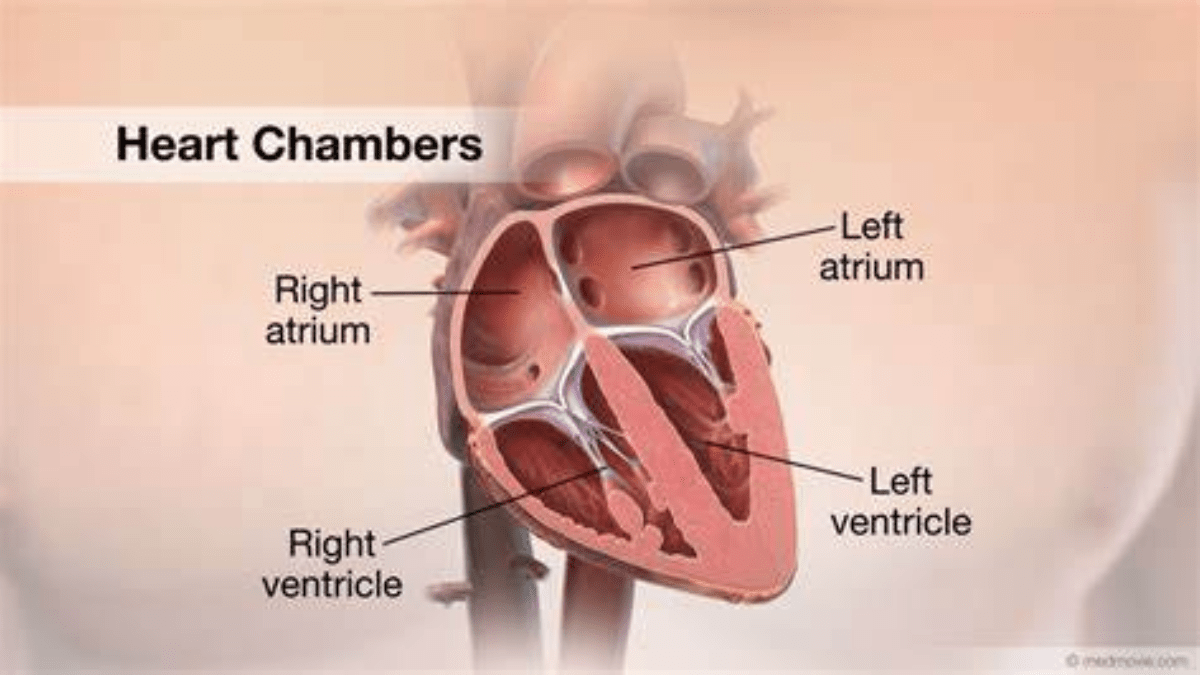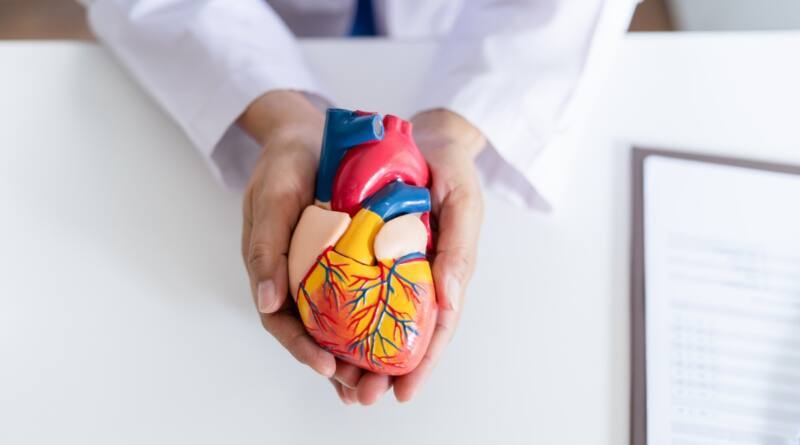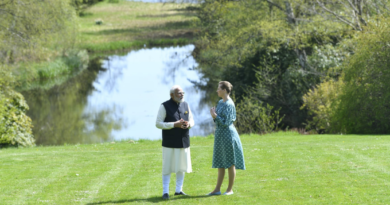New: Indian-Origin Creates A Robotic Replica Of The Heart Chamber
WFY BUREAU: A team at the Massachusetts Institute of Technology (MIT) developed a realistic model that can help in the development of better heart implants and shed light on previously unrecognised heart issues.
Engineers at MIT have constructed a robotic duplicate of the right ventricle of the heart that mimics the beating and blood-pumping functions of a biological heart.
A team of US engineers under the direction of an engineer with Indian ancestry has built a robotic replica of the right ventricle of the heart that mimics the beating and blood-pumping motion of living hearts. A team at the Massachusetts Institute of Technology (MIT) developed a realistic model that can help in the development of better heart implants and shed light on previously unknown heart issues.
The left ventricle is the most powerful lifter of the four chambers.
The right ventricle, along with the left ventricle and the left and right atria, is one of the four chambers of the heart. The left ventricle is the most powerful of the four chambers, with its massive, cone-shaped musculature designed to pump blood throughout the body. In intensive care units, the right ventricle is especially vulnerable to malfunction, especially in patients on mechanical breathing.
In the future, the robotic right ventricle (RRV) simulator could be used to research the effects of mechanical ventilation on the right ventricle and develop techniques to prevent right heart failure in these vulnerable patients.
The researchers demonstrated a model that incorporates genuine cardiac tissue.
The team detailed a model that incorporates genuine heart tissue explanted from a pig’s right ventricle that was treated in the paper, which was published in the journal Nature Cardiovascular Research. The scientists then wrapped it with silicone to simulate a soft, synthetic myocardial, or muscular lining. The team placed numerous long, balloon-like tubes into this lining, which ringed the real heart tissue in positions chosen by computational modelling to be best for recreating ventricular contractions.
The researchers linked each tube to a control system, which they then programmed to inflate and deflate each tube at rates that mirrored the heart’s natural beat and motion. “Conventional tools often fail to capture the intricate mechanics and dynamics of the right ventricle, leading to potential misdiagnoses and inadequate treatment strategies,” Singh said in a statement.
The team installed an automated valve to replace a naturally failing valve.
The artificial ventricle can be programmed to simulate both healthy and pathological states. The researchers adjusted the model to imitate right ventricular dysfunction conditions such as pulmonary hypertension and myocardial infarction. The model was also used to test cardiac devices. For example, the researchers implanted a mechanical valve to fix a naturally malfunctioning valve, then examined how the ventricle’s pumping changed as a result.
The new robotic right ventricle, or RRV, can be used as a realistic platform to investigate right ventricular problems and test devices and therapies aimed at treating those disorders, according to the researchers.





